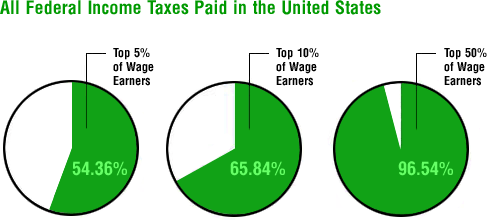The very same Social Security System that people like President Barack Obama, Nancy Pelosi and Harry Reid say is in fine shape, isn’t. And it hasn’t been for decades. Only now, even the mainstream media seems to admit that is going bankrupt. In Obama’s so-called summer of recovery, what government entitlement program isn’t headed for bankruptcy?
Social Security is brought to the forefront of the discussion every political season. And all attempts to ‘fix’ Social Security is easily and effectively demagogued by the Left in a new kind of class warfare, age warfare. Question is, what has to happen before all Americans, or at least a majority in Congress, understand the problem and demand that it be fixed? The answer lies not in more taxes, but in less benefits, including means testing. Not because the government is cruel and mean-spirited but because we have to learn to live within our means.
From the Senate’s Special Committee on Aging Report . . .
Although Social Security remains a crucial benefit for millions of seniors, the program was designed to serve an American society of 75 years ago. Much has changed since its inception: Americans are living longer, women’s participation in the labor force has significantly increased, and with a rise in the divorce rate, household composition has changed. In addition, the labor force is growing more slowly and the nature of work and compensation has altered in ways that affect workers’ ability to save for retirement. As a result, under its current design, Social Security may not be as effective as it could be in addressing the needs of our society both now and in the future. Therefore, modernizing the program to reflect America’s evolving demographics is vital to ensuring that benefits are adequate and equitable for generations to come.
Some fun facts about Social Security:
- Unless Congress acts, Social Security’s combined retirement and disability trust funds are expected to run out of money in 2037. At that point, Social Security will collect enough in payroll taxes to cover about three-fourths of the benefits.
- Social Security’s short-term finances are being hurt by a recession that shed more than 8 million jobs, reducing revenue from the payroll taxes that support the program. Social Security’s long-term finances will be strained as the 78 million baby boomers reach retirement age – and live longer as life expectancy increases.
- For the first time since the 1980s, Social Security is paying out more money in benefits than it collects in payroll taxes. The program is projected to post surpluses again in 2012 through 2014 but will return to permanent deficits in 2015, its trustees said in their annual report last week.
- The disability program is in even worse shape. The disability trust fund is projected to be exhausted by 2018, meaning Congress will have to act soon to address it.
- The combined trust funds have built up a $2.5 trillion surplus over the past 25 years. But the federal government has borrowed {uh, stolen} that money over the years {Starting with President Lyndon B. Johnson’s ‘Great Society’} to spend on other programs. The government must now start borrowing money from public debt markets – adding to the federal budget deficit – to repay Social Security.
- Over the next decade, the federal government will pay Social Security more than $1.5 trillion in interest, though the transfers are essentially an accounting procedure, switching money from one government account to another.
Links: Rhetoric dims hope for Social Security compromise | Report of The Special Committee On Aging
